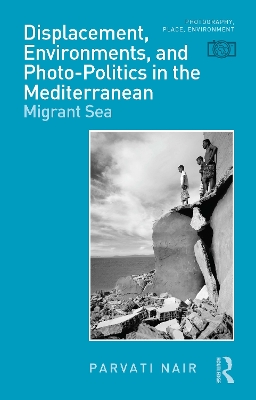Photography, Place, Environment
1 total work
In recent years, global media has engaged in unprecedented ways with large-scale displacement in and through the Mediterranean region. The Mediterranean has always been a locus of crossings, conquests, commerce and contestation, and it is now more than ever a place of transit with unprecedented numbers of migrants and refugees from the Middle East, Europe, Africa and beyond passing through the region. The recent proliferation of photography of the displaced plays a key role in shaping opinions, both by sensitizing the public to the despair of displacement and hardening them to the trope through repeated exposure. Today, the image of large groups of migrants or refugees in the Mediterranean is the symbol of alterity around whom values, political priorities and the history of our times are being shaped. Despite the preponderance of images that anonymise subjects and subsume them into collectives of 'others,' there is, in fact, a rich and varied gamut of photography emerging from the Mediterranean that this book draws from. As a site of much documentary photography of human displacement, the region also highlights the changes in visual histories through the evolution of photographic technologies. From skilled professional photojournalists, to migrants' smartphones, the result in new forms of image-making is that the effort to document photographically is now as much in the hands of those in the middle of the flow as those of the visiting photographer. These technological changes have empowered migrants and refugees to visually chart their own journeys and struggles, and to thereby frame perspectives based on self-representation of ongoing global dynamics and politics that are shaping the convulsive histories of the Mediterranean.
